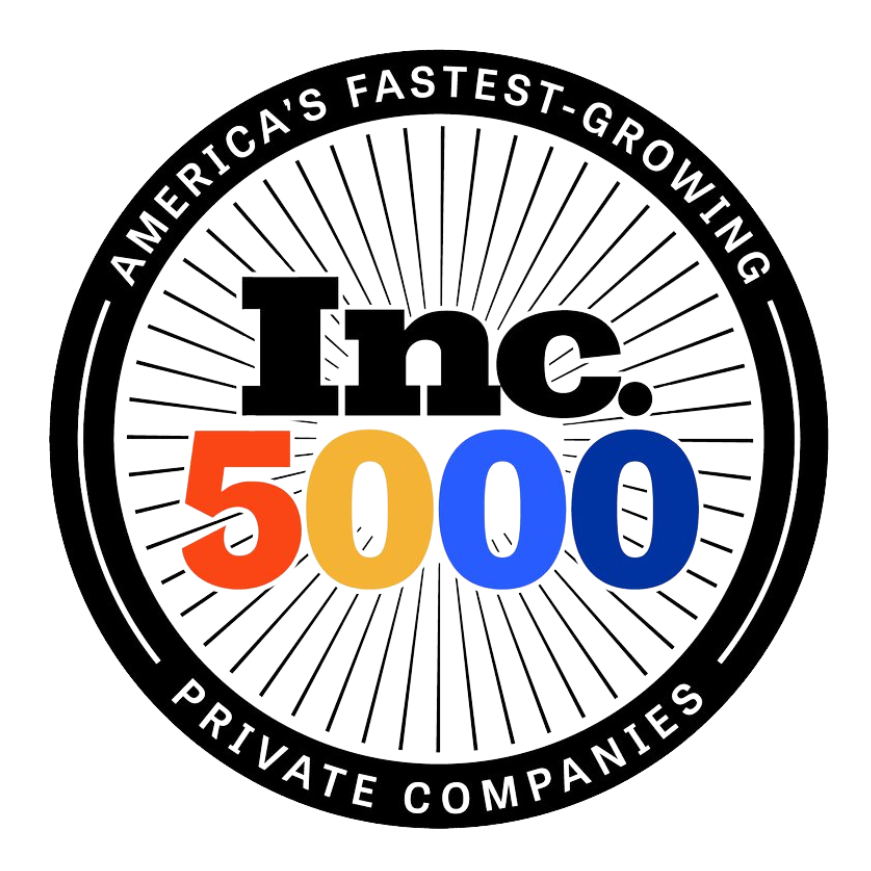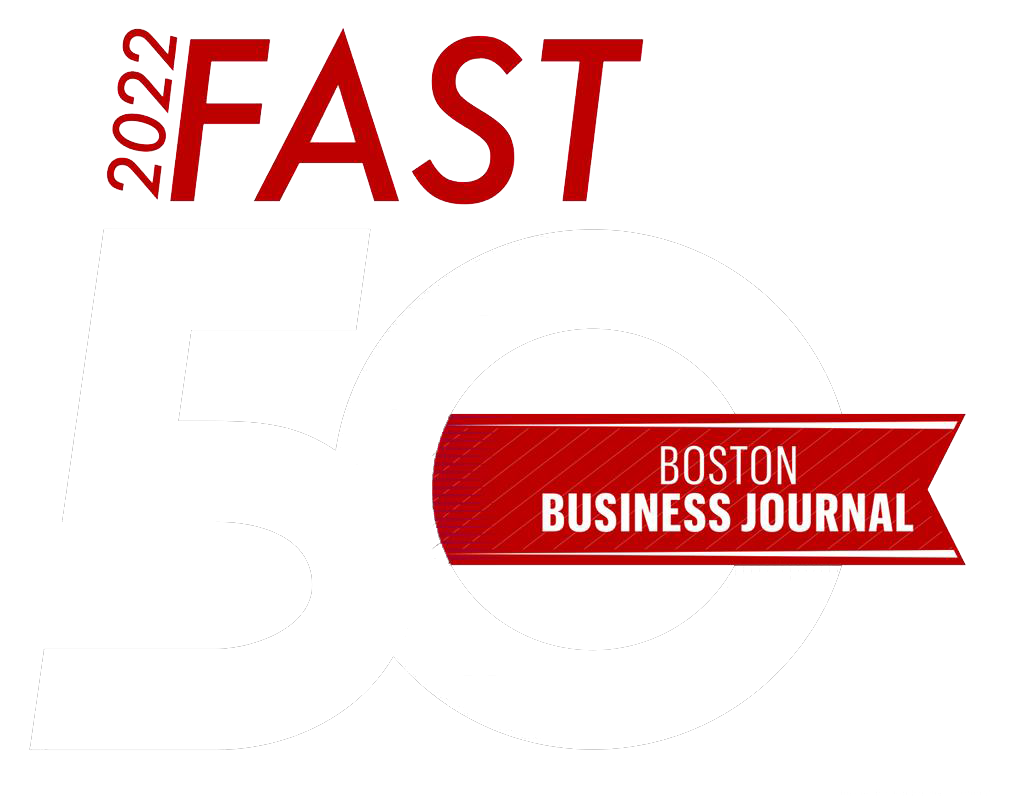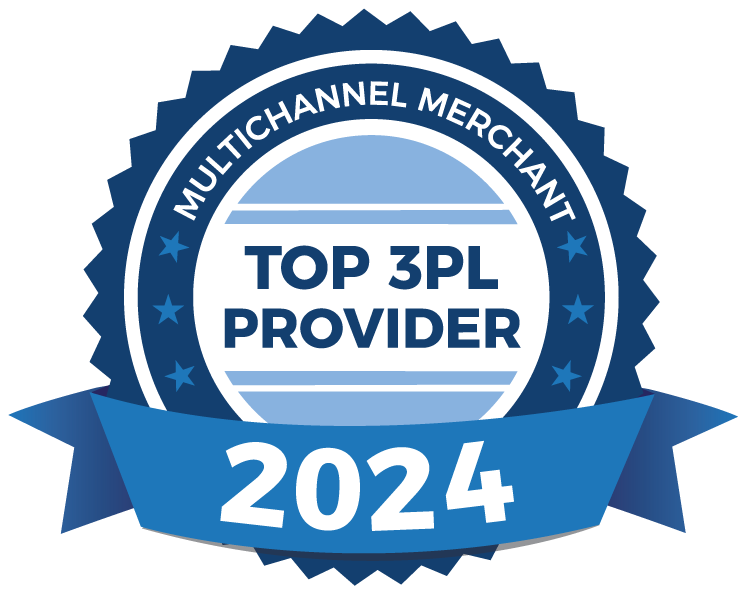Apparel Fulfillment
Clothing and Apparel Logistics
The apparel industry faces many complex challenges when it comes to inventory management and order fulfillment.
Why is accuracy so important for apparel fulfillment?
HOW IS INVENTORY MANAGED FOR APPAREL FULFILLMENT?
With a high volume of SKUs, poor inventory management can be an apparel brand killer. Adding the fact that fashion and styles change quickly, brands can be left with aged, unsold product that loses value and costs money to store season-after-season.
Brands must balance fill rate with a disciplined SKU assortment strategy to keep inventory levels as lean as possible. Item activity level reporting from a modern warehouse management system can proactively help clothing brands identify slow moving inventory to make room for new seasonal merchandise. This active inventory management will help your fulfillment provider keep its slotting plan up to date and enable more efficient picking.
HOW IS SEASONALITY MANAGED FOR APPAREL FULFILLMENT?
Many apparel brands have seasonal surges in order volume. Whether it’s around the holidays, or through social media promotions or as the temperatures change, being able to scale your fulfillment capacity at these times is vitally important. When logistics companies can prepare for seasonal or promotional marketing events by leveraging communication, forecasting and planning, it drives improvements in order cycle time. Fulfillment providers can operate in a much more cost-effective and efficient manner when not in a “reactionary mode."

WHAT ARE THE PACKAGING DEMANDS FOR APPAREL FULFILLMENT?
Apparel packaging is an important consideration from both a branding and product protection standpoint. If an order is going directly to a consumer, the packaging and presentation is essential. If an order is going to a retail outlet, the carton needs to be labeled properly to avoid chargebacks. To improve inventory management, streamline product receiving procedures and reduce handling costs, industry best practice is for master cartons and units to be barcoded and packaged with one style, size and color per carton. Does your apparel, or a specific product line require hangers? If so, your fulfillment facility will need dedicated hanging space. Considerations and steps also need to be made if your inventory needs to be bagged, packaged, or folded in a certain way.
WHAT VALUE-ADDED SERVICES ARE IMPORTANT FOR APPAREL FULFILLMENT?
Value-added services are an increasingly important consideration for
apparel brands. Based on your specific needs and customer expectations, these additional options can offer a competitive advantage and reinforce your brand’s image. Packaging, kitting, bundling, labeling and personalization are five common and popular value-added services. Whether you need custom designed packaging or have a variety of components that need to be transformed into finished kits, there are different service options that can meet these needs.
HOW ARE RETURNS HANDLED FOR APPAREL FULFILLMENT?
APPAREL FULFILLMENT BLOG
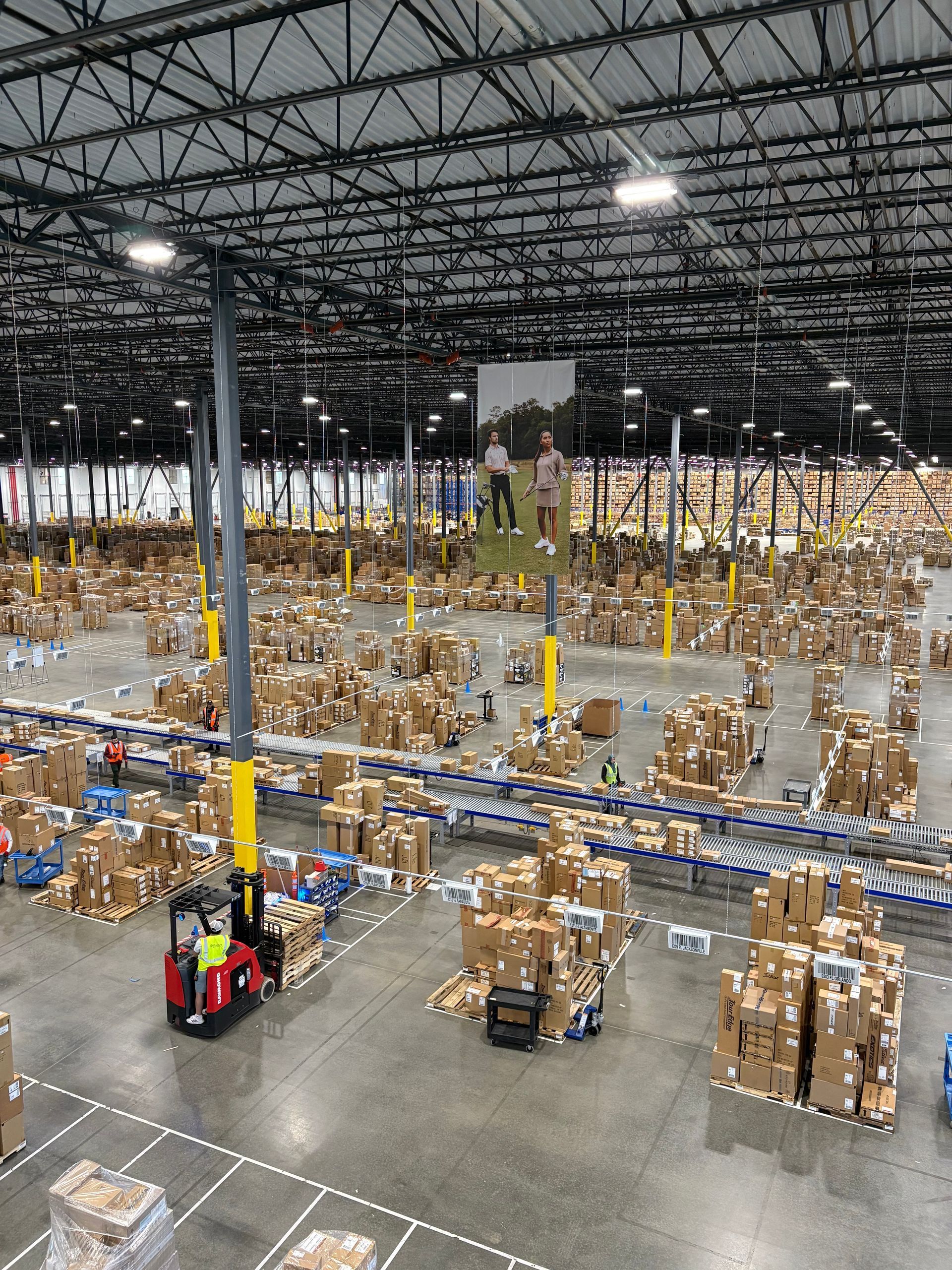
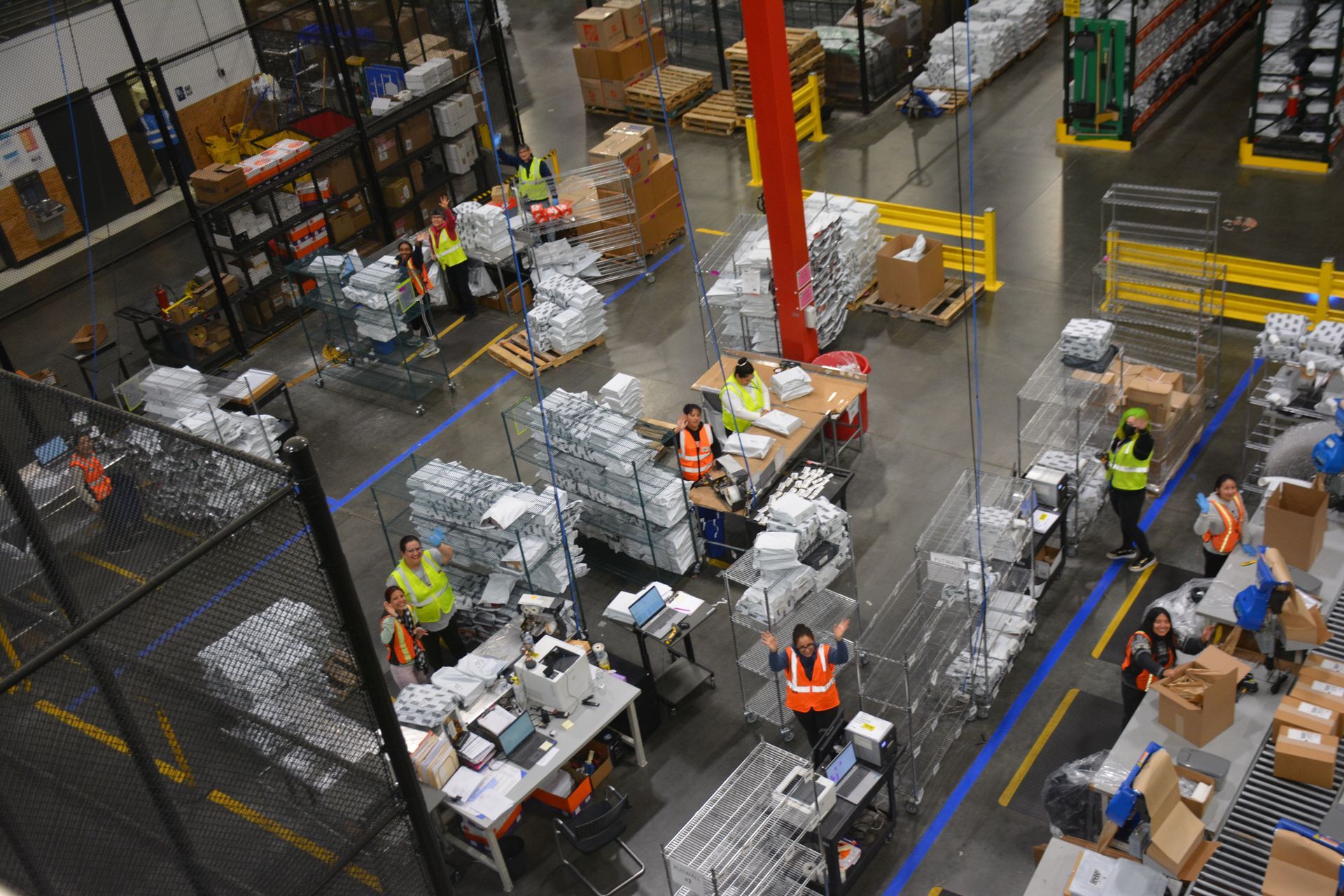
We have also dealt with requirements for counterfeit product detection and management of the brand threat, while ensuring that all solutions position Vibram to scale, with orders and delivery (direct to consumer and to retail channels) capable of fast response as orders grow in number and complexity.
